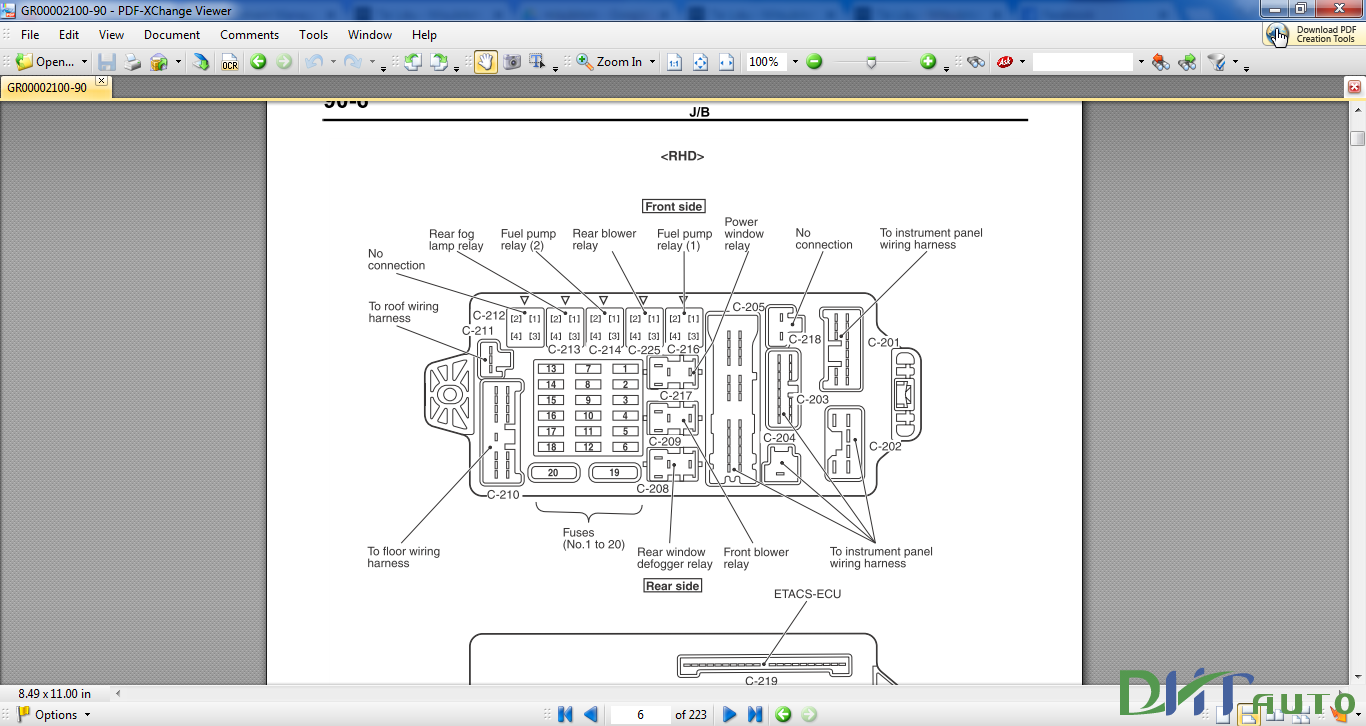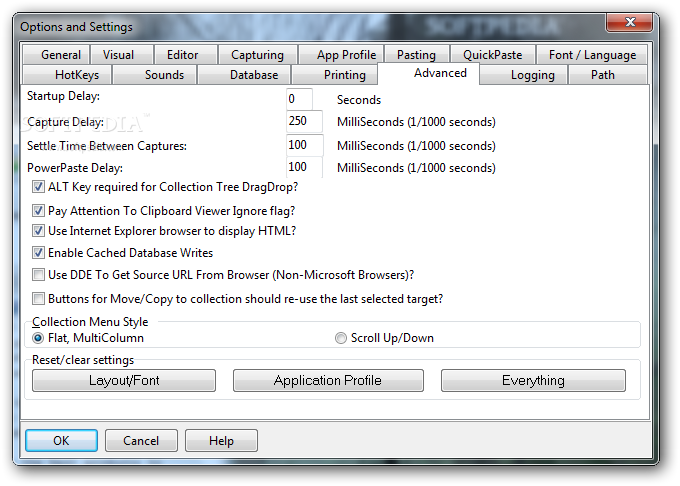

Target markets received a naked cab and chassis version in addition to the different powerplant units. Some markets also got the 2.3-liter 4D55 diesel engine developing 67 horsepower, as well as the 1.6-liter Saturn unit. In 1986, Mitsubishi canceled the Forte in its domestic market, a decision that would last for the subsequent five years before they re-introduced it again in 1991.Įxport variants of the L200 came with either a 93 horsepower 2.0-liter engine or a larger 2.6-liter four-cylinder making 105 horsepower. It was initially offered with a 1.6-liter four-cylinder engine making 92 horsepower, but Mitsubishi later introduced a more powerful 2.0-liter engine and a modern four-wheel-drive system. The first generation L200, also known as the Forte (L020), made its debut in Japan, in 1978. Given how popular and successful the L200’s become over the years, we thought we’d look at its history, the different generations, as well as what made each one of them so special. Although the naming strategy is confusing and somewhat overwhelming, all these different model names essentially represent the same vehicle: a rebadged Mitsubishi L200 destined for various markets.

Other common names the L200 goes by include but are not limited to Rodeo, Storm, Magnum, Colt, and the L200 Strakar. Mitsubishi’s name for the L200 in the US up until 1996 was the Mighty Max.

Because of Mitsubishi’s partnership with Chrysler, you can also find the L200 in the United States under the Dodge Ram 50 and the Plymouth Arrow nameplates.

From 1991, Mitsubishi changed the L200’s name for the domestic market from Forte to the Strada. In its homeland of Japan, you can find it under the Mitsubishi Triton or the Mitsubishi Forte monikers. Although in most markets it’s known as the L200, it’s a truck with many different names. You will receive PDF file with high-quality manual on your email immediately after the payment.The L200 is a compact-sized pickup truck built and sold by Mitsubishi Motors. Manual Contains Illustrations, Instructions, Diagrams For Step By Step Remove And Install, Assembly And Disassembly, Service, Inspection, Repair, Troubleshooting, Tune-Ups.įor FG10, FGC10, FG14, FG15, FGC15 ForkliftsĬylinder Sleeves, Pistons And Connecting Rods Factory Service Manual For Mitsubishi Engine For Forklift.


 0 kommentar(er)
0 kommentar(er)
